In early afternoon it is seventy degrees on this mid-August day. Yes, the humidity is ninety-one percent, so today cannot be mistaken for a pleasant October afternoon, but with a thick cover of clouds and a slight breeze I won’t quibble over details.

The recent ten days have been wet, not only with occasional thunderstorms, but one after another, and prolonged hours of rain that have saturated soil that was dry and cracked a week ago. With damp soil and relative coolness, I’m encouraged to get started moving a few sturdy shrubs that were planned for transplant in September.
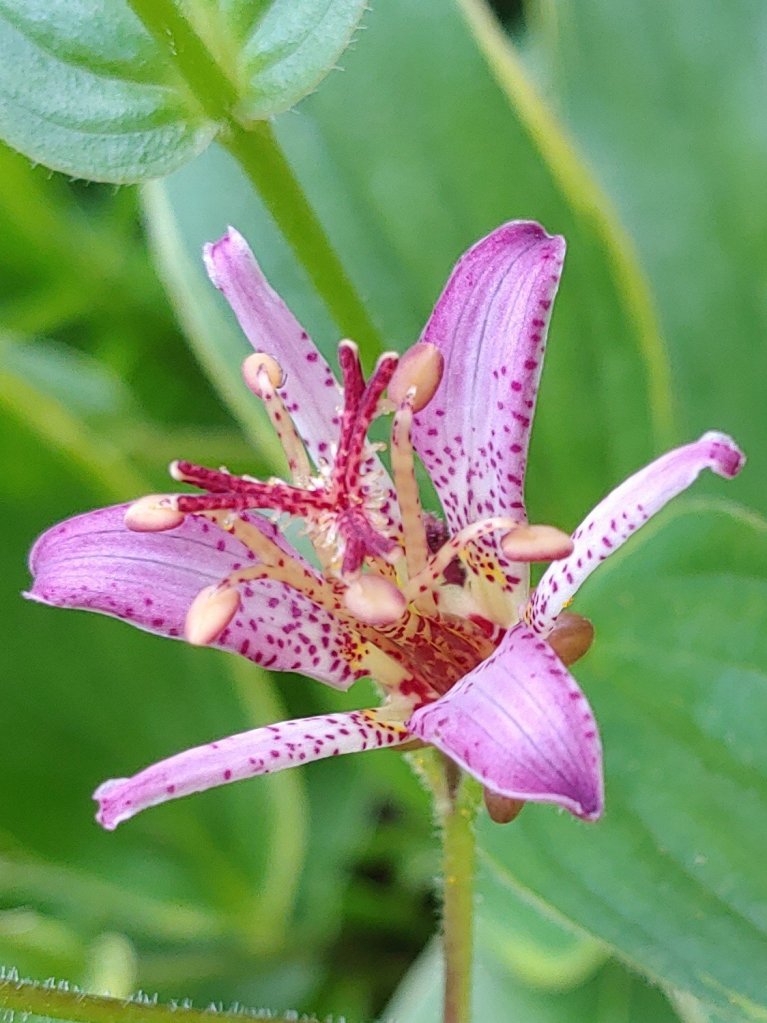
There can be too much of this good thing. Two years ago, a brief midsummer break from a year of deluges was followed by flooding rains that changed the lower third of this garden. Long established trees and shrubs perished in swampy ground, and still these newly planted areas have not regained their previous fullness.
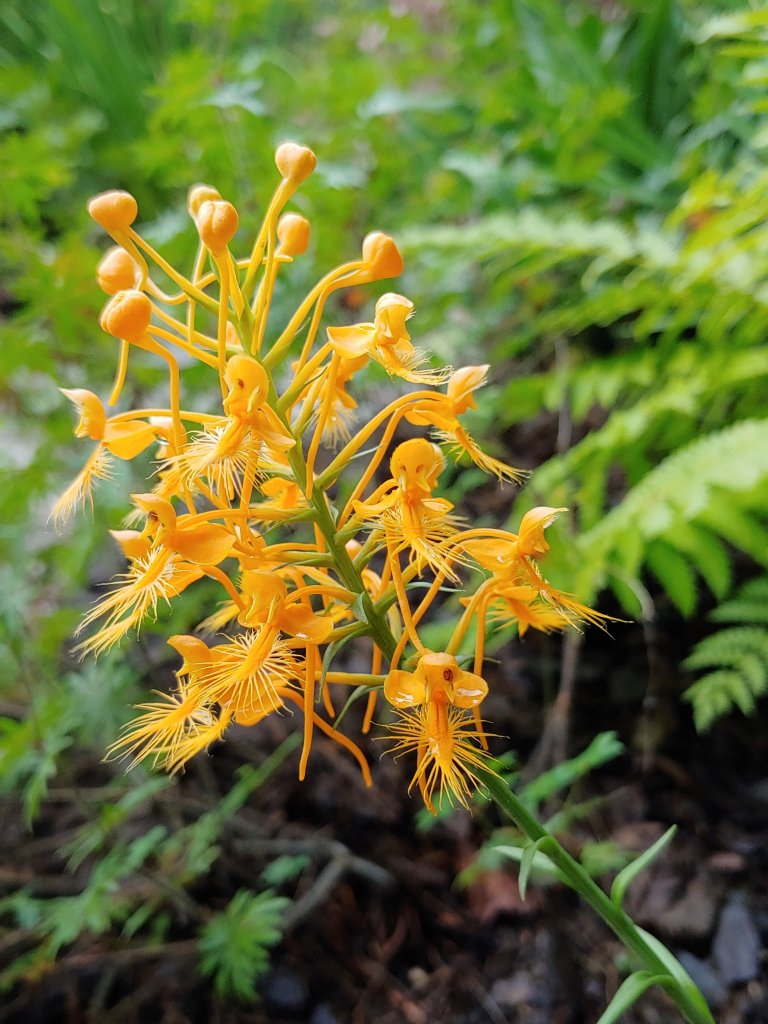
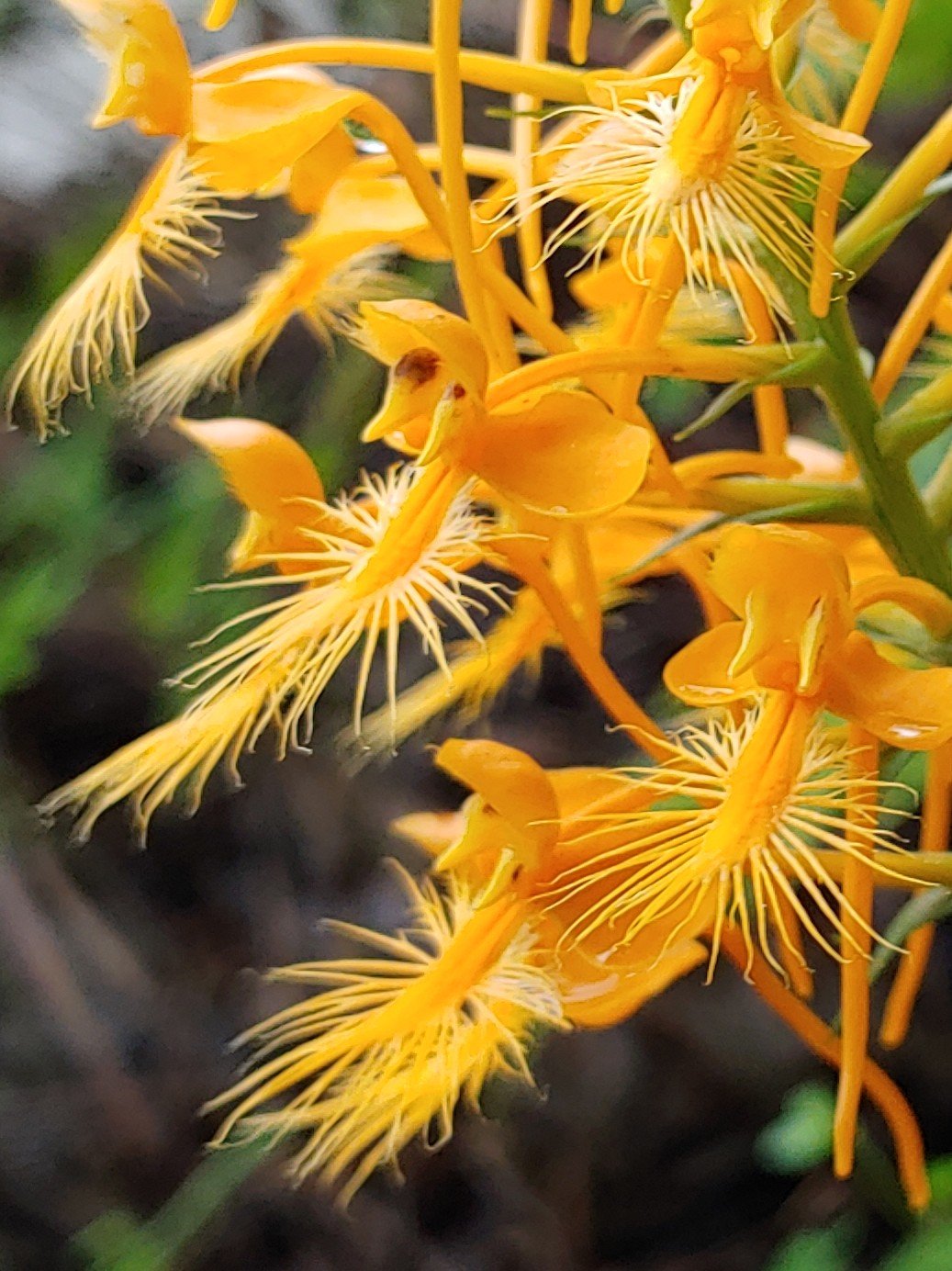
But, over decades the gardener expects changes, for the better and worse. A Yellow Fringed orchid (Platanthera ciliaris, above), planted in soil excavated to improve drainage, has become a favorite, and how could this lovely flower not be? Other moisture loving orchids have been planted, and failed, in soils not so damp, or with too much or little sunlight. Am I justified in cursing a year when rainfall doubled, or blessed in discovering this treasure? Both, I think, though my opinion on the matter doesn’t count for beans.
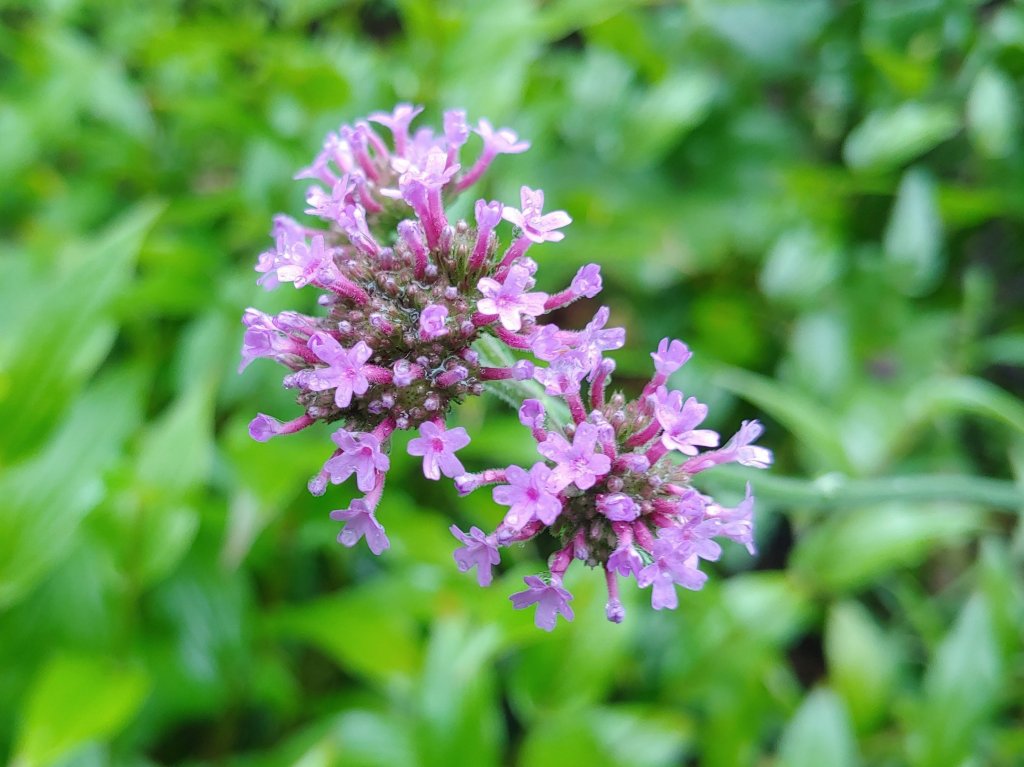
I see that the lanky stemmed, purple flowered Verbena bonariensis (above) has found its way to the back garden. The verbena appears unpredictably by seed, but still it is surprising that it has traveled such a distance. With long stems and minor foliage, it is rarely in the way, and usually welcomed wherever it pops up.
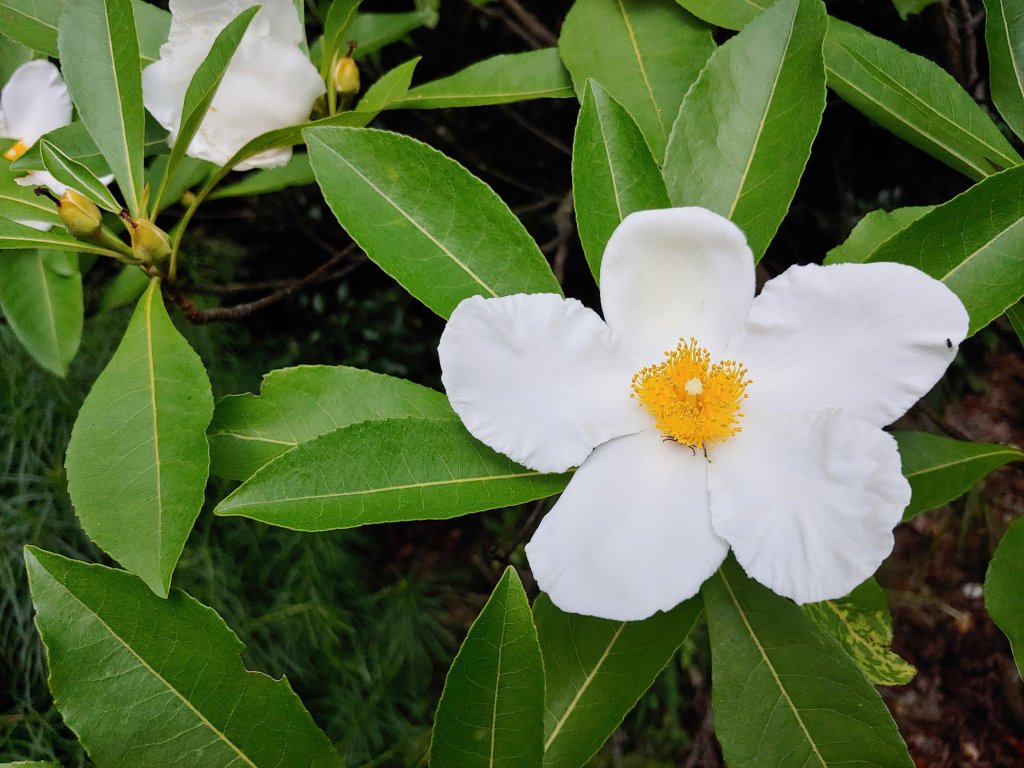
With recent milder summer temperatures and plentiful rainfall, I notice that flowers are not fading so quickly. Hydrangeas and the gordlinia (xGordlinia grandiflora, above) with flowers that often melt in August’s heat, have never been better. And this is a glorious day to enjoy them.
I had the joy of seeing a hummingbird moth yesterdsy in my Pollinator Garden, which I planted this spring. It’s a spectacular insect which at first glance looks like a hummingbird but 1/2 the size & with antenna. I bought all the plants in my Perennial Garden from Meadows Farm, which has special section Native Plants. All are thriving
I am easily entertained, and find butterflies, moths, and dragonflies particularly fascinating. I don’t care much for the darned Tiger mosquitoes. I find the perennials at my place that attract the most pollinators are the various Joe Pye weeds and Mountain mint.